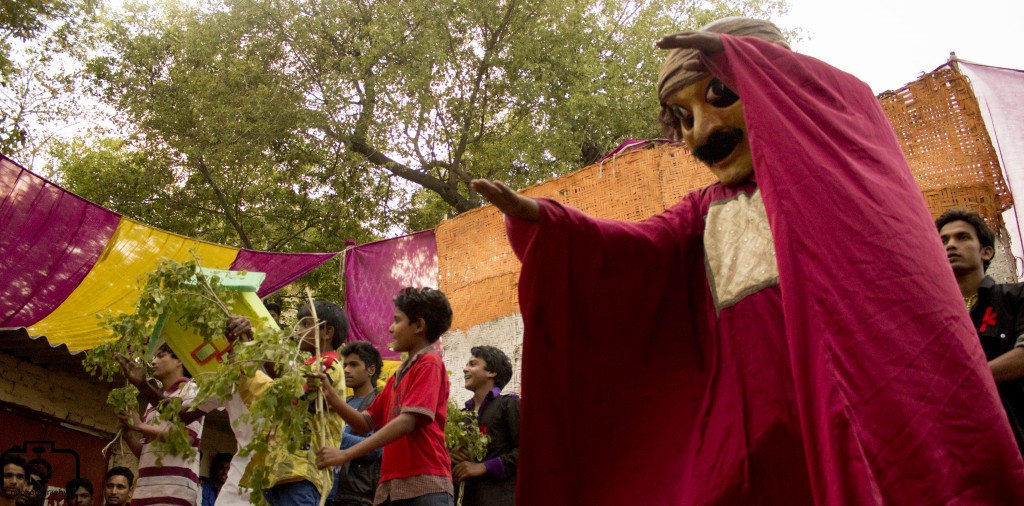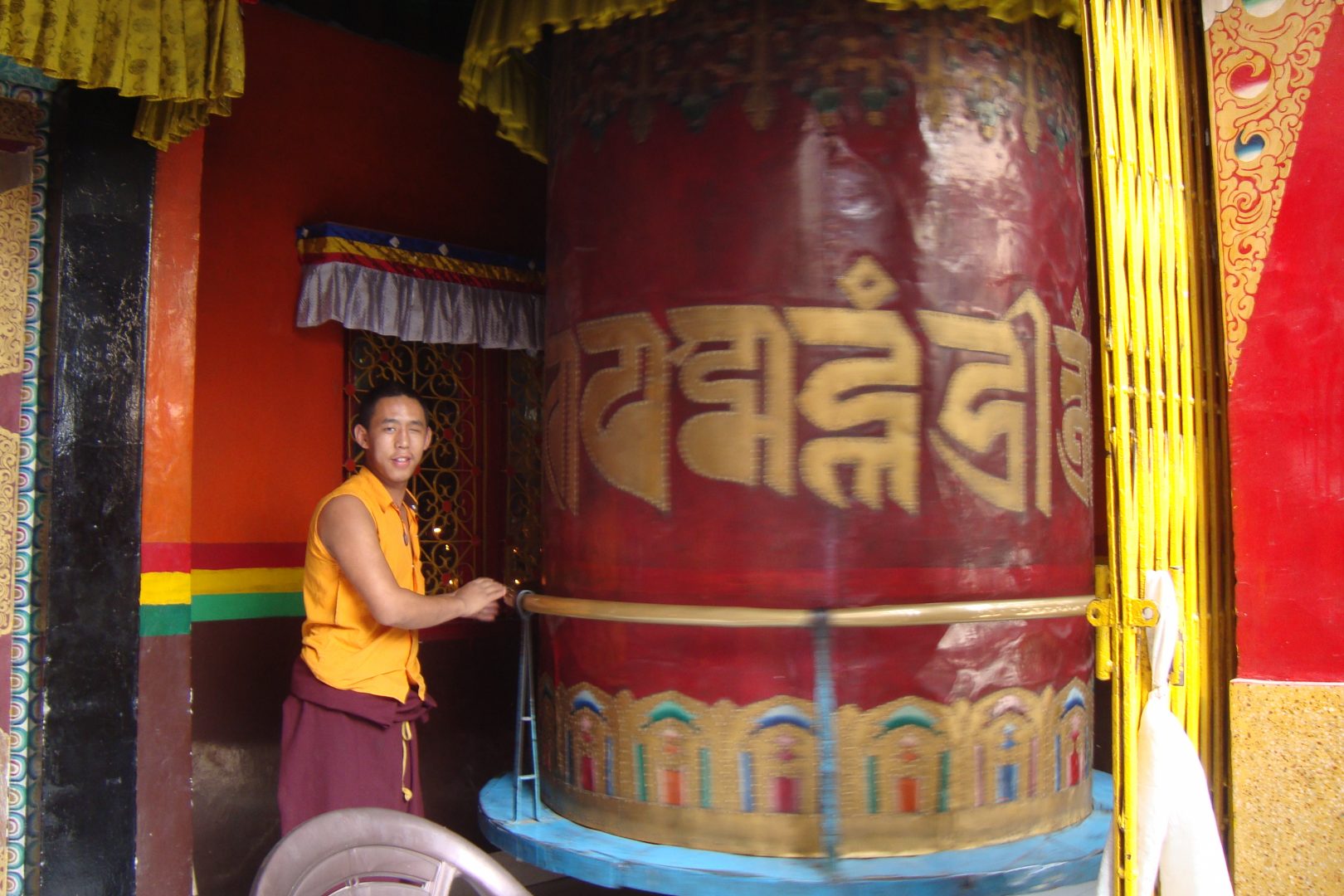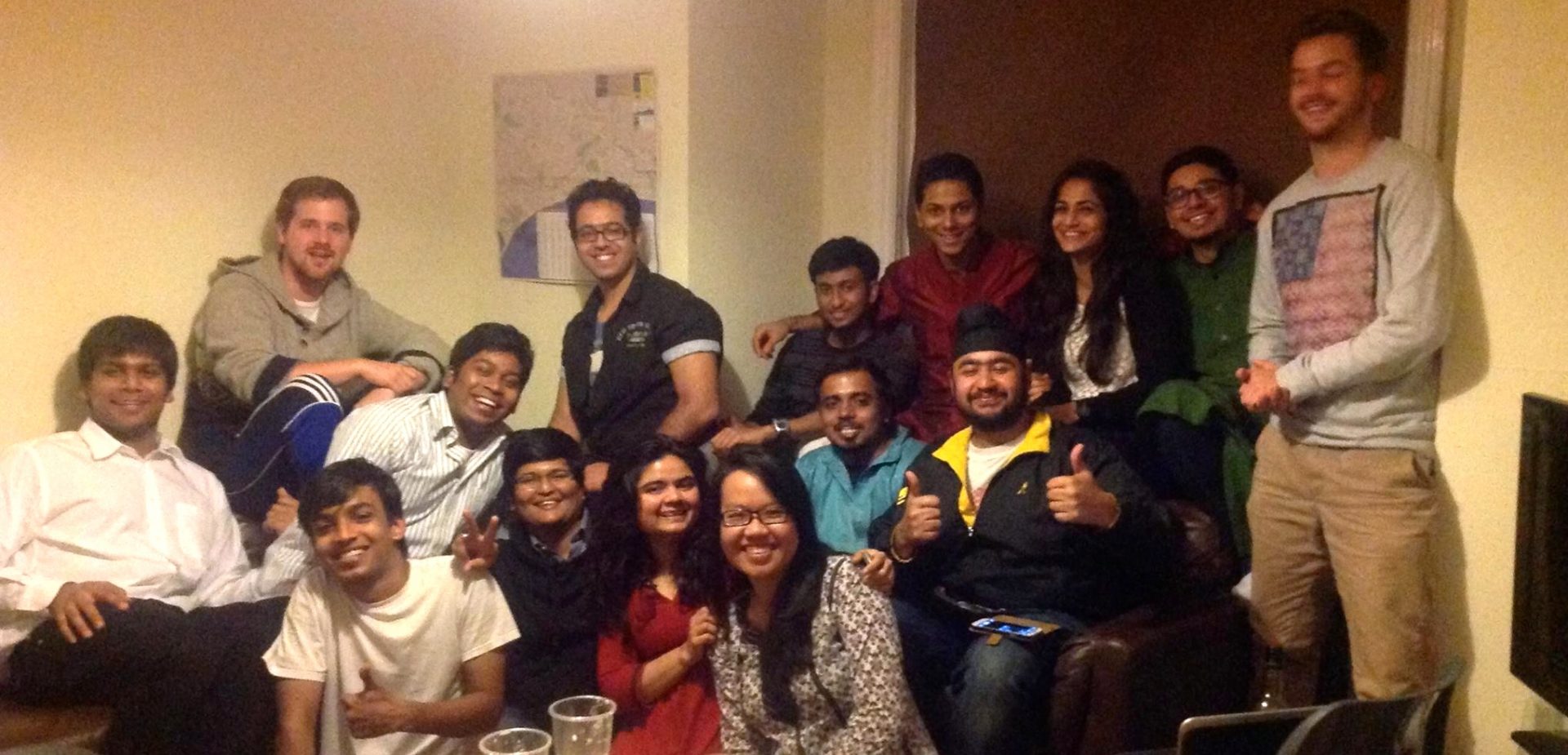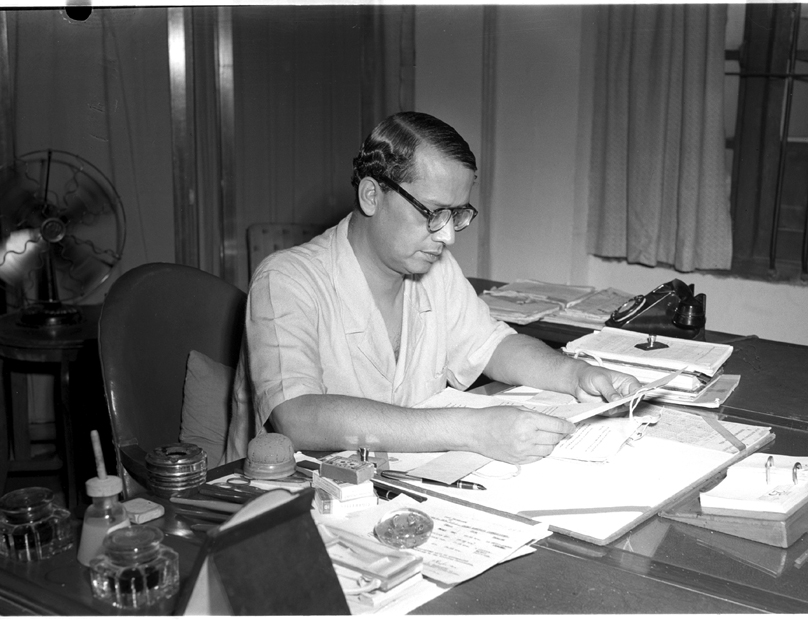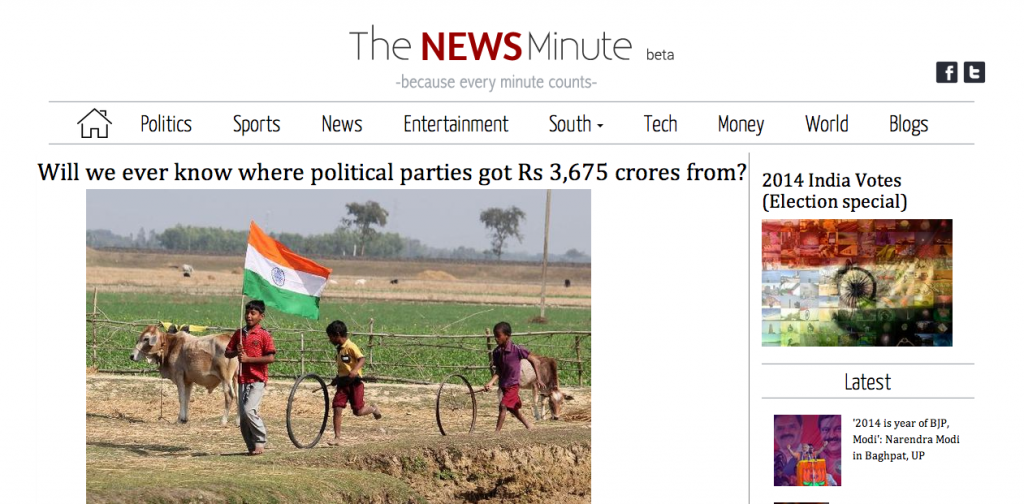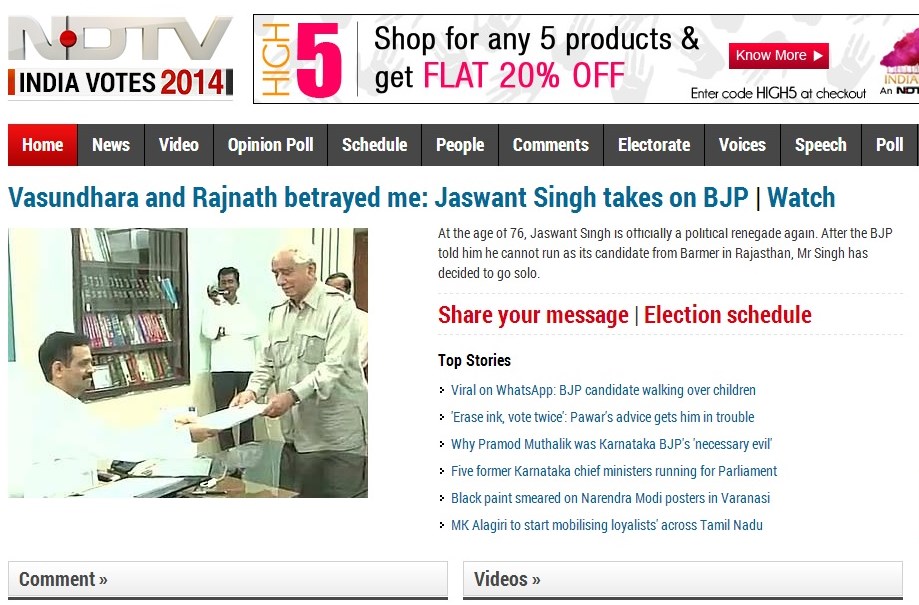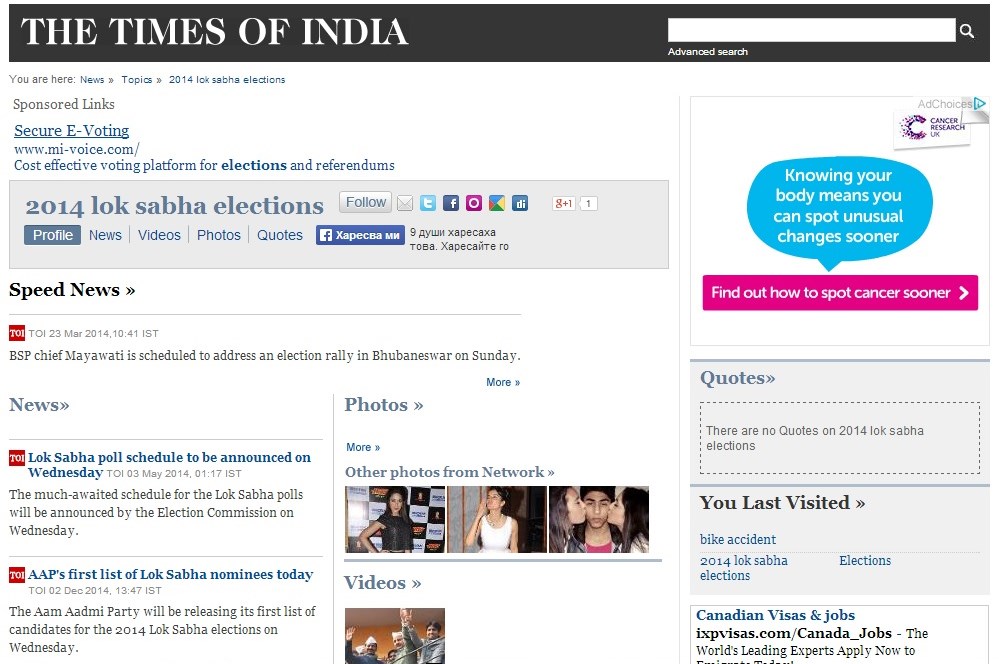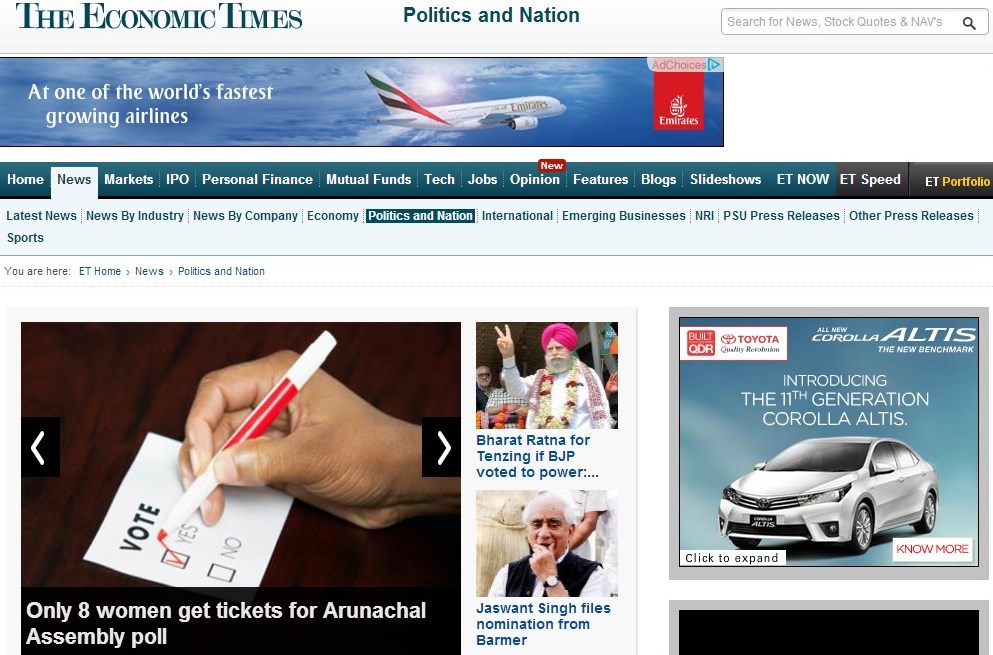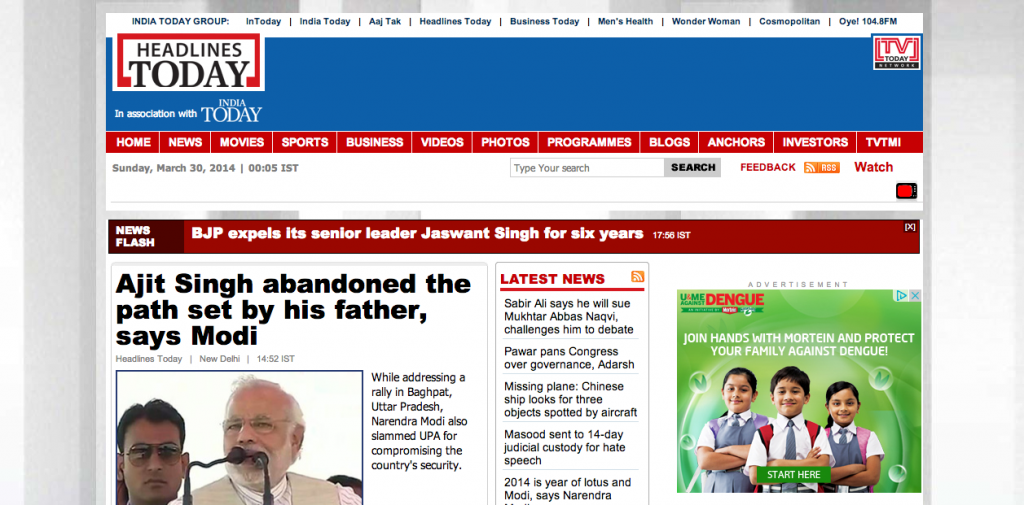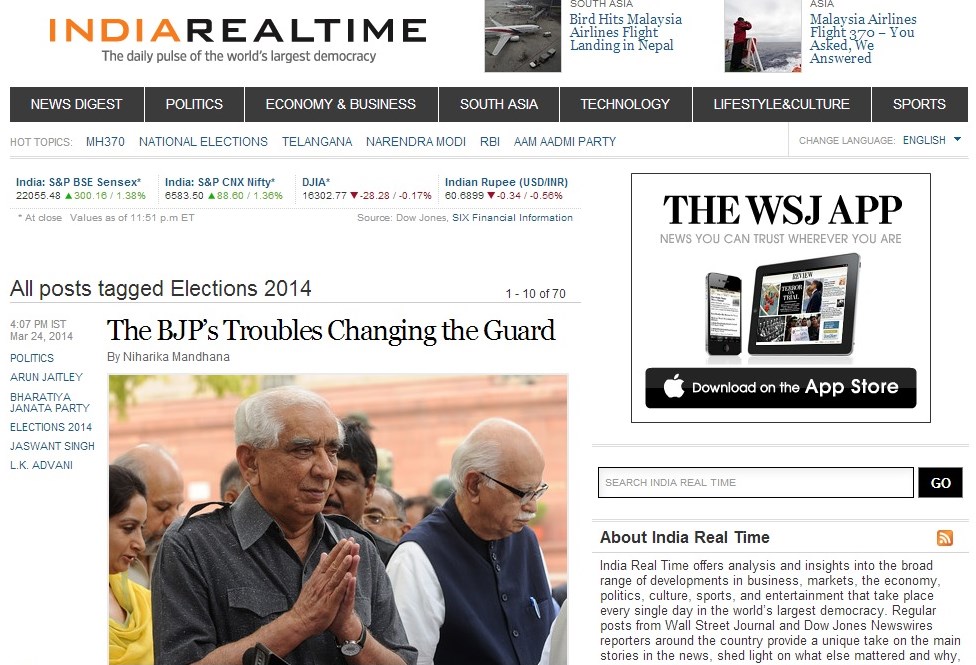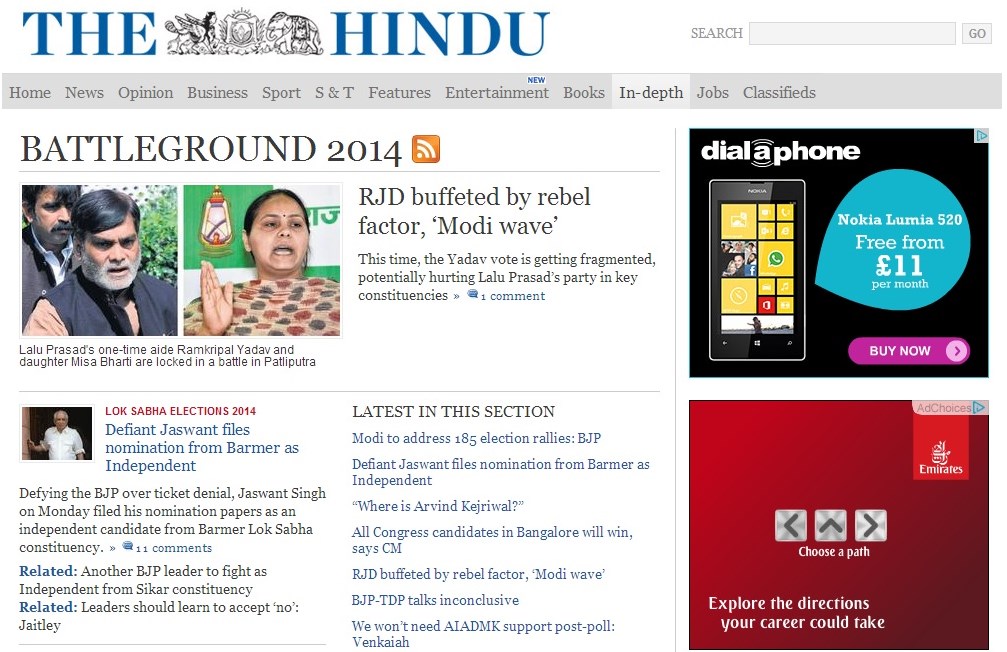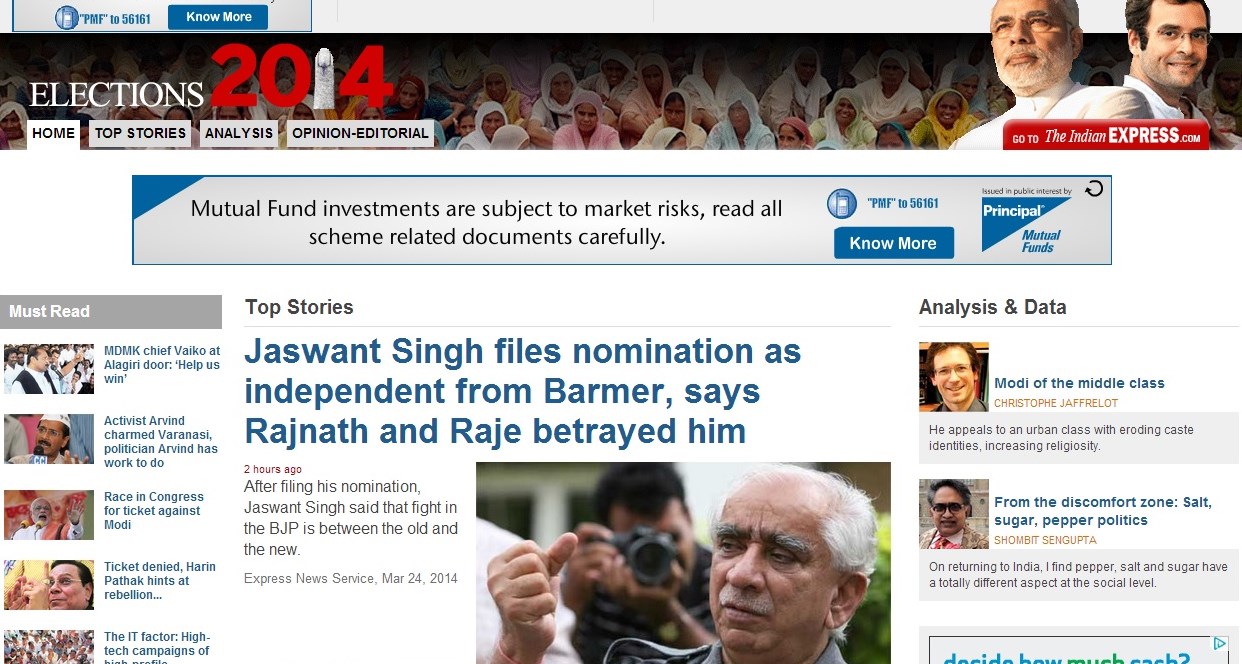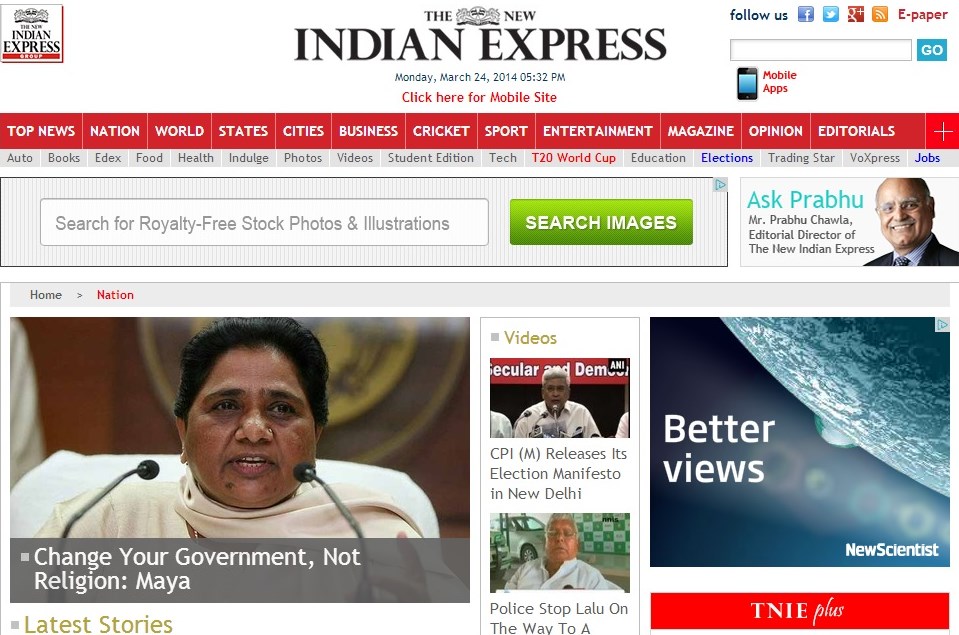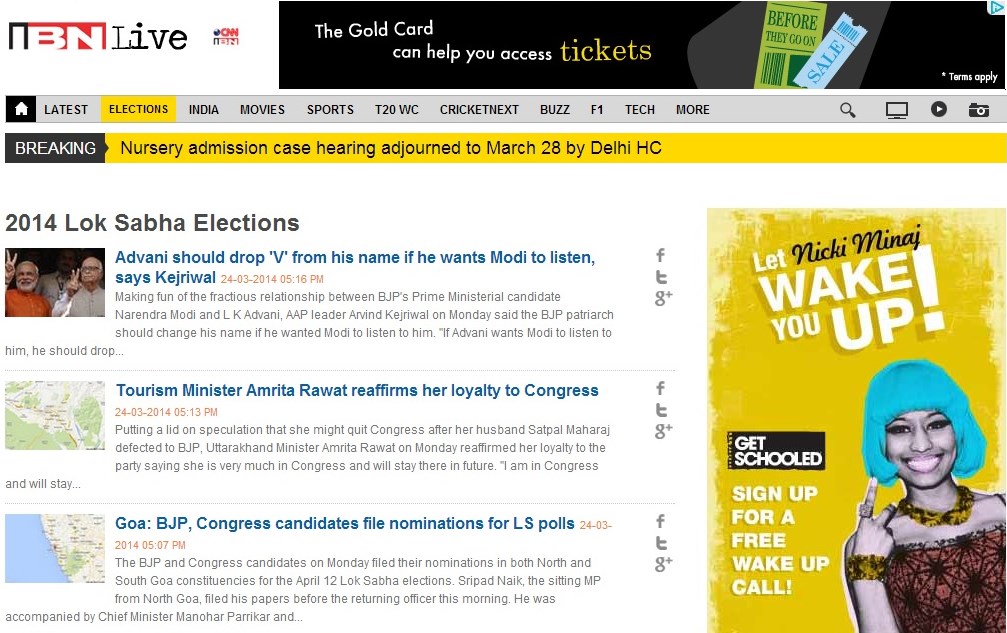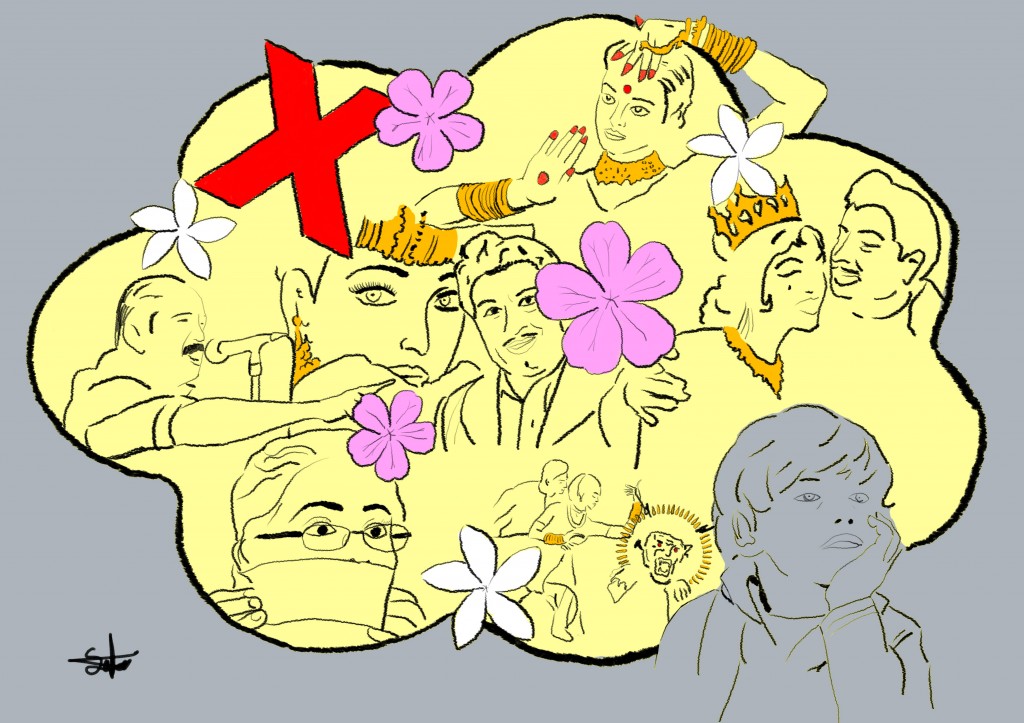The shifting is a consequence of the ‘modernisation’ of the capital. The plan was put into action in 2007 when the Delhi Development Authority (DDA) planned the city’s first on-site slum rehabilitation project and chose Kathputli Colony in West Delhi owing to its proximity to the city’s heart, Connaught Place, which is just a ten-minute drive away.
The slum has 685 recognised jhuggi jhopris (slum tenements). The settlement’s ‘real estate’, which is under the DDA’s ambit, was sold to Raheja Developers for Rs 61.1 million (approximately £607,535). The residents had to be moved to another camp so that construction could begin. The rehabilitation process was divided into three stages: first, residents who qualified for rehabilitation would move to a transit camp; second, the developer would raze the cluster and start building high-rise apartments; third, after three to five years, the residents would move back to their new homes next to Delhi’s ‘first true’ skyscraper — Raheja Phoenix (a 190 metre-tall, 54 storey tower housing luxury flats and equipped with a ‘skysclub’ and helipad).
“We believe them [politicians] each time, but who knows what they will do?” continues Bhat. “Unse hume koi umeed nahi hai [we have no hopes of them].”
Kathputli Colony traces its roots back to the early 1970s when puppeteers and musicians from Rajasthan settled in the Shadipur area of the national capital. With time, artisans, magicians and musicians from states like Andhra Pradesh and Maharashtra joined in, collectively forming a settlement of artistes. The colony got its name from string puppet theatre (kathputli in Hindi), a folk art form practised by a number of its residents.
The performers have found mention in Time magazine (2008) which wrote that ‘you can find magic in the Kathputli slum, if you know where to look’. A few of the residents have also been felicitated by government heads.
Well-wishers have set up a Facebook page titled ‘Friends of Kathputli Colony Delhi‘ to marshal support for the residents. “The problem is that privatisation, in the name of modernisation, is invading everything,” says one comment from an unnamed person on this page. “These artists are the ambassadors of India. They propagate a magical image of the country all over the world with their art. They should not be removed.”
Another person wrote, “I SUPPORT KATHPUTLICOLONY. I learn puppet with master Puran Bhat and I know so much Kathputli colony, it is like my second house. I am so indignant. Destroy the Kathputli colony without consulting the first people concerned: the residents. It is not respectful of us and their identity. They represent Indian culture all over the world. India will be proud of them. They are the heritage of the Indian culture. All these artists and this place must be protect. Kathputli Colony should be inscribe in UNESCO organisation as international cultural heritage. Martine in Paris.”
Messages such as these indicate that the place is more than just a colony; culture and emotions are deeply involved here.
Nithil Dennis, a photographer who covered the protest, says, “The simple lot do not talk much about politics, they just want a place to perform, food to eat and a place to peacefully sleep. They are protesting because they are sceptical whether these simple wants will be satisfied at the transit camp.”
Dennis says the residents are mostly being supported in their cause by NGOs (Non-Governmental Organisations); politicians are still not a large part of the struggle. “Till now they have not been benefited in a major way by anyone from the political class,” says Dennis. “Maybe their vote might help make a difference, I do not know. But the question here is not about vote, it is about who can do something for them. Anyone who does that will earn their loyalty.”
The main candidates in fray in the West Delhi parliamentary constituency, of which Shadipur is a part, are Meenakshi Lekhi (Bharatiya Janata Party), Ajay Maken (Indian National Congress) and Ashish Khetan (Aam Aadmi Party). They have all promised to attend to the issue in the best way possible, but a distinct leaning towards the AAP candidate can be seen on the part of many residents.
Meanwhile, the ‘kalakars’ (performers) are in a limbo. They are torn between walking into ‘good’ transit homes and staying put in their hovels. Some express their disbelief by asking loudly, “Kya hume sacchi jaana hai? (Should we really move out?).” Some others are moving out, leaving behind more than just a house, hoping they can return in a few years.
The remaining residents recently staged a peaceful, intelligent protest in the colony against their ‘rehabilitation’. The performers first mesmerised spectators with their art, then slowly brought them to the heart of the problem using skits. The dwellers then read out a list of their ‘legitimate wants’ at the transit camp, including pucca houses with waterproof roofs and adequate space to practise their art forms and earn their living.
To be fair, the developer has promised to deliver ‘a good and safe camp’ for the residents with all basic facilities. The DDA has promised not to evacuate the residents by force, leaving the choice of registering for transit accommodation to them.
But the question remains: will their vote make a difference? The answer hangs by a string, just like a kathputli. As Rohit Bhat says on second thought, “They [the politicians] may yet do something for us. Who knows?”
Photo: Nithil Dennis
This story was also published on WoNoBo.com, our media partner.
